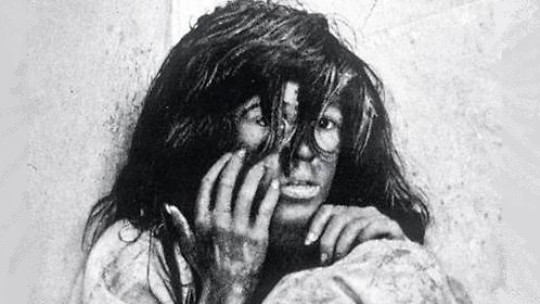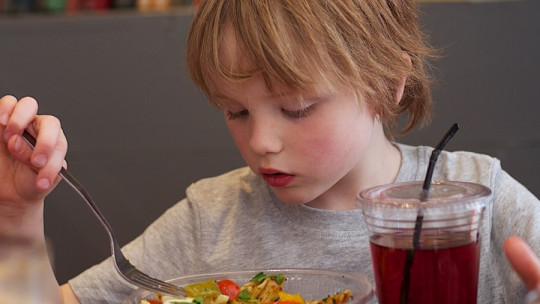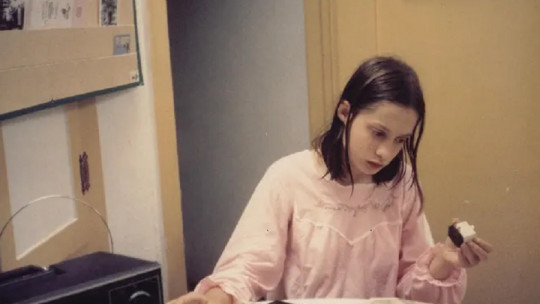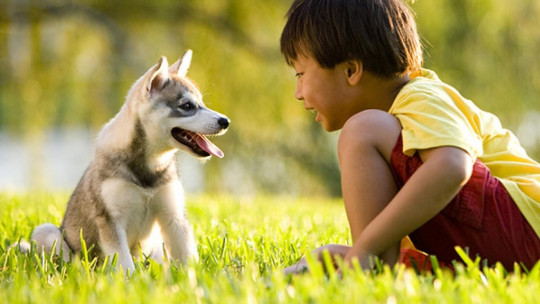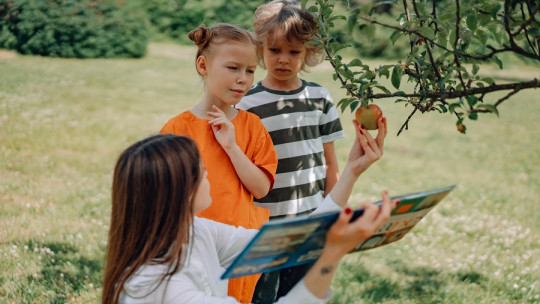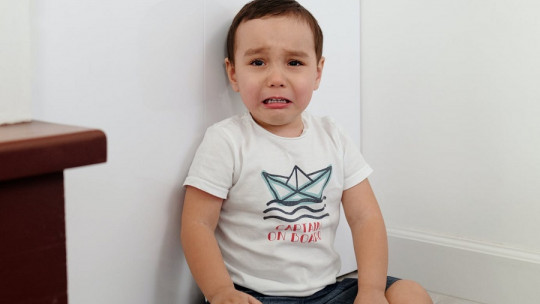“The young man was found lost, in a wild state and full of scars from animal bites. He seemed immune to heat and cold, he would tear the clothes that people tried to put on him and he refused to eat cooked food, consuming only raw food.
This description may remind you of some fictional characters such as Tarzan either Mowgli of the Jungle Book.
However, on this occasion they refer to Victor of Aveyron , one of the best-known cases of “wild child.” This young man was found by hunters at the end of 1799 in a forest in the city of Aveyron, with the characteristics described above, also highlighting a large scar on his neck, probably made with a knife or sharp object, which suggests that there may have been tried to end his life.
The case of Victor of Aveyron
The child in question had been seen climbing trees on multiple occasions running on all fours, drinking in streams and eating acorns and roots, until he was finally captured when he approached farms in search of food during the winter.
Doctors at the time thought that the boy suffered from mental retardation as he did not understand or respond to language. Victor would be adopted by a teacher named Itard who considered that the infant only had a deficit in language development due to the extensive period that the child was supposed to have subsisted in solitude.
While a woman called Mrs. Guerin would take care of the child, Itard would try to educate and reintroduce the little wild child into society, trying to teach him language, moral behavior and social norms.
However, despite dedicating many years to this task and the importance of Itard’s work (his methods being taken into account a posteriori by educational methodologies such as Montesori), no great successes were achieved, abandoning the attempt at education and leaving the child under the guardianship of Mrs. Guerin. Victor would die at forty years of age, still under her care.
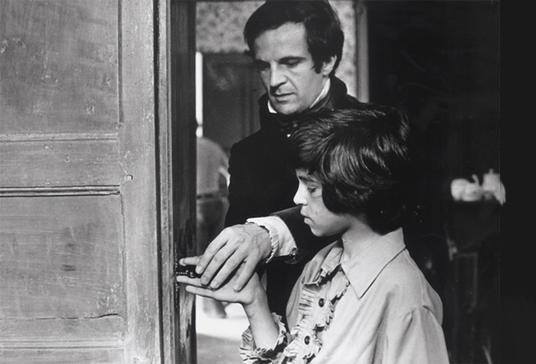
What is a wild child?
Victor and many others like him are considered wild children; Those infants who have remained isolated from society for a prolonged period of time during their childhood and/or adolescence fall within this category, either by having been abandoned in a wild environment, by having been lost or by having been retained or confined during their childhood or puberty.
These children present serious alterations in both behavioral and cognitive aspects a product of the lack of acquisition of knowledge and skills that allow coexistence and participation in the social life of a community.
It should be noted that there is a certain variability in the cases observed. Within wild children three basic types can be found : children who have lived in solitude for a long time (as in the case of Victor of Aveyron), those who survived in a hostile environment being cared for by other animal species, and infants who have been mistreated and confined for much of their lives.
Characteristics of wild children
One of the most obvious symptoms is the absence or poor development of language Although different authors have disagreed on whether human language is a completely learned skill or whether the necessary structures for it already exist from birth, the existence of learning periods in which an explosive development of some abilities occurs has been demonstrated. like the language. These periods are called critical period.
In the case of language, Experts have pointed out that the critical period occurs between three and four years of age In this way, if appropriate stimulation is not given in this phase, the child’s abilities will not develop correctly, hindering its entire evolution and making it difficult to correctly adapt to the social environment. Not only linguistic abilities would be affected, but also representational, relational and even the construction of personal identity.
Antisocial children?
In addition to the lack of language, Another of the main shortcomings of these children and in turn the one that explains most of the rest is the lack of socialization Because through social interaction we learn and exchange information with others, it is possible to develop perspectives and ways of thinking and acting that enrich the personal repertoire and contribute to improving adaptation to the environment.
Due to their poor or no socialization, feral children are not able to participate in society, acting based on what they have learned throughout their lives in the habitat in which they have grown up. That is, their attitudes and skills make them capable of surviving in the environment in which they have grown up, but they are not applicable to community life.
Another element common to most cases is the avoidance of human contact. Both physically and emotionally, these children try to distance themselves as much as possible from their peers, which has made the treatment of the cases difficult in the early stages.
This fact is explained if we take into account that, in addition to the fact that they have not had contact with human beings in a long time or that it has been aversive, These children have been removed against their will from the environment in which they grew up and even on the occasions when they have been adopted by animals they have been able to see their savior die at the hands of humans.
Other known feral child cases
In addition to the case of Víctor, described above, there are a large number of examples. Below we will examine the history of two more of them.
Amala and Makala, the wolf girls of India
On October 9, 1920, two terrified and dirty girls looked in horror at an armed crowd gathered around them, being protected from the crowd by a she-wolf. The people around them, inhabitants of the village of Godamuri (in India), opened fire on the wolf, and if it had not been for the intervention of a local reverend, Joseph Amrito Lal Singh, they would have ended the lives of the girls. believing that they were spirits.
Both little girls were caught and taken with great resistance on their part to an orphanage managed by the reverend where he and his family would try to reeducate them and reintroduce them into society.
The symptoms of isolation
From the beginning, the girls showed high aggression towards humans, biting and scratching those who tried to approach them and only allowing their own company and that of the local dogs. They tore off the clothes they were wearing and had difficulty standing upright. Both girls were walking on all fours , apparently without sensing cold or heat. His interaction with others was limited to grunting, which made socialization very difficult to achieve. They both hated cooked food, eating only raw meat on the patio floor.
Like the wolves that had cared for them, both girls tended to sleep during the day and live at night. It was common to hear them howling during the night and they seemed to have a somewhat more developed sense of smell and night vision than normal.
Unfortunately, a year after entering the orphanage, Amala, the three-year-old little girl, would die of dysentery. Her sister had to be forcibly separated from her mortal remains, and she reacted with tears and great sadness. As time went by, Kamala would begin to make small advances in terms of socialization and language acquisition, acquiring around 30 words, and beginning to walk upright. Over time he was able to communicate with the reverend and his family through monosyllabic words until finally the little girl died of typhus at the age of 15.
Genie’s case
Like that of Victor of Aveyron, the case of Genie It is one of the best known of “wild child”, this time located in the state of California. The girl in question, born in the 1950s with severe health problems (RH incompatible, congenital hip dislocation and possible intellectual disability), was locked by her father in a small room and grew up tied to a chair during the day and caged at night from twenty months to thirteen years of age, with a forced diet based on baby food and other similar abuse.
It would not be until she was thirteen years old that Genie’s mother, along with her, managed to escape from her husband. After a few weeks she went to the welfare office, and the police subsequently took the girl into her custody. The girl showed absence of speech, malnutrition and behavioral difficulties such as compulsive masturbation.
Re-educating Genie
As with Victor of Aveyron and the sisters Amala and Kamala, Genie was treated by a group of doctors, linguists and psychologists in order to reeducate her and integrate her into society. Genie is the case of a wild child that has shown the most evolution, with this young woman being able to create sentences and relate words, although with an incorrect sentence structure.
Although the intervention had some success, the Mental Health Association of the United States considered that the progress was not enough and finally it was decided to suspend the budget for the girl, who would end up passing through different adoptive families. Unfortunately, in some of them she also suffered abuse, because of which she regressed to her previous state and stopped speaking again.
Currently Genie lives in an adult care facility without revealing more information about her due to ethical considerations regarding her privacy.
Brain plasticity and the critical period
Childhood is a stage of life in which we are especially sensitive to changes, to the marks that the environment leaves on us. This means, among other things, that what during the first years of our lives we have a unique ability to learn and to detect patterns in all those experiences that occur to us. This is reflected very well in the way in which we begin to learn and internalize a language, for example; a technically very complicated task that, however, we mastered with astonishing speed as children.
However, this learning capacity, linked to a neurological phenomenon known as brain plasticity, has a double edge. Just as in our childhood we are very sensitive to what happens to us, we are also sensitive to what does not happen to us. Specifically, the fact of not having learned to master the language and socialize with other human beings who master it means that, upon reaching an age threshold, the so-called critical period, we become incapable of learning to use the language.
At that moment our brain ceases to have the capacity to modify itself in such a profound way to internalize such complex learning. Furthermore, this affects all our cognitive abilities, since to a certain extent language influences the way we think. In the case of feral children, this is clear.
Final reflection
The circumstances that have surrounded this type of case have been the breeding ground for numerous investigations that tried to find out if someone raised in isolation could clarify the effect of education and the influence of society or if characteristics such as language are innate or acquired being explored. multiple facets of the lives of these children.
In any case, It is essential to always take into account ethical considerations of exhaustive investigation of this phenomenon, since they can cause great harm to children and their integrity.

